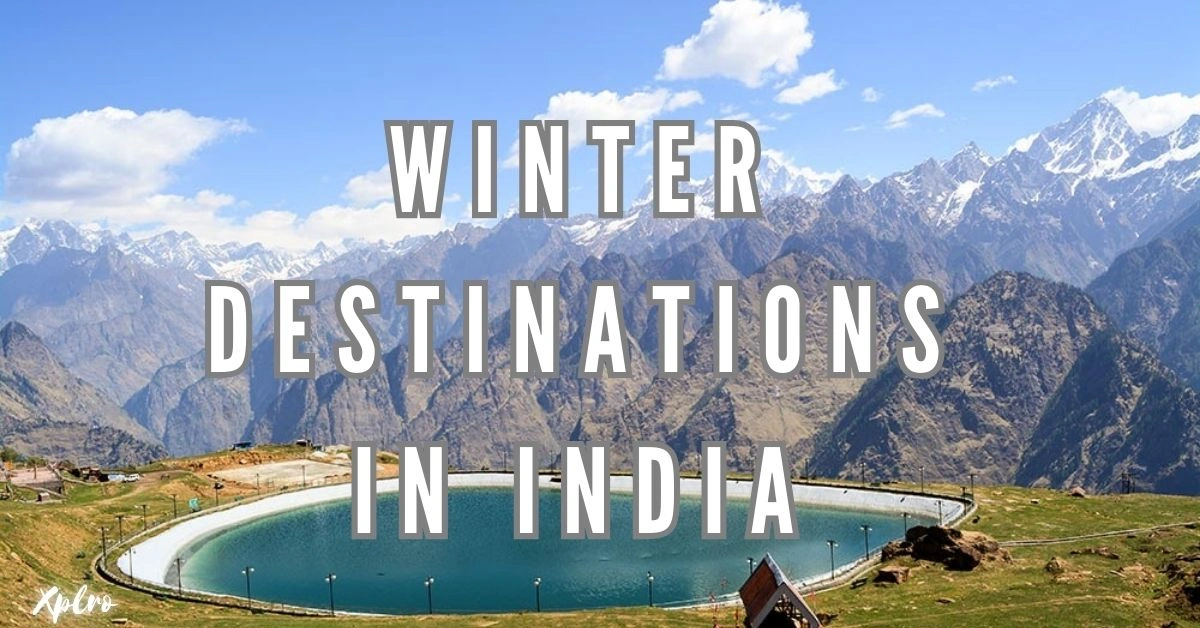Winter Destinations in India; From the snow-capped peaks of Manali and Auli to the sun-kissed beaches of Goa, India offers a diverse range of winter experiences. Explore the charming hill stations of Shimla and Nainital, or indulge in thrilling winter sports like skiing and snowboarding in Gulmarg. Immerse yourself in the rich cultural heritage of Jaipur and Udaipur, or find peace and tranquility in the spiritual towns of Rishikesh and Darjeeling. Whether you’re seeking adventure, relaxation, or cultural exploration, India’s winter destinations have something to offer every traveler.
1. Gulmarg, Jammu & Kashmir
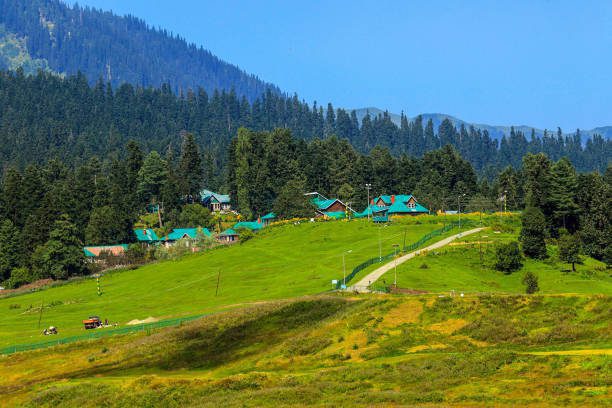
Gulmarg, often called the “Heartland of Winter Sports,” is a paradise for snow enthusiasts. Nestled in the Pir Panjal range, it boasts some of Asia’s best ski slopes, attracting skiers and snowboarders from around the world. With its breathtaking backdrop of snow-capped peaks, Gulmarg offers an unforgettable winter experience.
Key Attractions:
- World-Class Skiing: Enjoy the thrill of skiing or snowboarding on the pristine slopes of Gulmarg.
- Gondola Ride: Take a ride on the Gondola, one of the world’s highest cable cars, for panoramic views of the surrounding mountains.
- Frozen Alpather Lake: Visit the frozen Alpather Lake, a stunning natural wonder that offers breathtaking vistas.
Planning Your Trip:
- Best Time to Visit: December to March is the ideal time for snow activities in Gulmarg, when the slopes are covered in fresh powder.
2. Manali, Himachal Pradesh
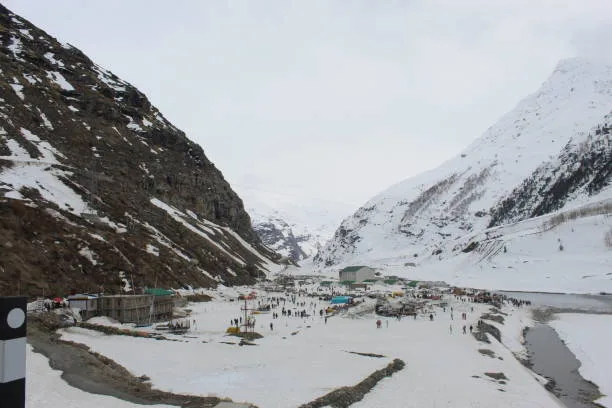
Manali, nestled in the Himalayas, is a popular winter destination that transforms into a snowy wonderland, attracting honeymooners, adventure seekers, and nature lovers.
Key Attractions:
- Solang Valley: Enjoy thrilling winter activities like paragliding, skiing, and sledding in the picturesque Solang Valley.
- Old Manali: Escape the hustle and bustle of the main town by staying in Old Manali, a peaceful retreat surrounded by pine forests.
- Vashisht Temple Hot Springs: Relax and unwind after a chilly day by soaking in the hot springs at the Vashisht Temple.
Planning Your Trip:
- Best Time to Visit: December to February is the ideal time to visit Manali for snow activities and pleasant weather.
- Stay in Old Manali: For a quieter and more peaceful experience, consider staying in Old Manali, away from the main city center.
3. Auli, Uttarakhand
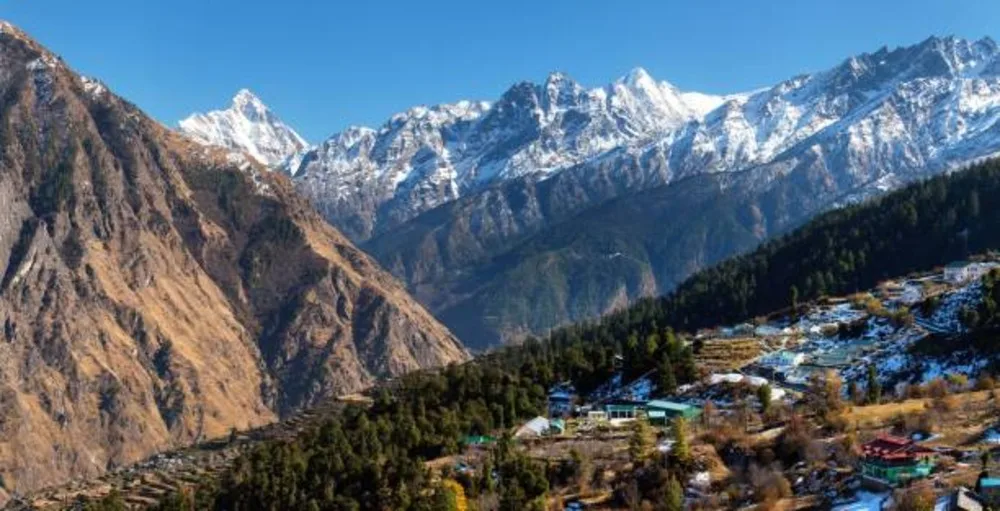
Auli, often hailed as the “Ski Capital of India,” is a breathtaking hill station with excellent skiing conditions and stunning views of the Himalayan ranges. Its slopes cater to both beginners and experienced skiers, making it a popular destination for winter sports enthusiasts.
Key Attractions:
- World-Class Skiing: Enjoy skiing on the slopes with breathtaking views of Nanda Devi and other Himalayan peaks.
- Auli Ropeway: Take a ride on the Auli Ropeway, one of the longest cable cars in Asia, for panoramic views of the surrounding mountains.
- Auli Artificial Lake: Explore the Auli Artificial Lake, one of the highest man-made lakes in India, and enjoy its serene beauty.
Planning Your Trip:
- Best Time for Skiing: The ideal time for skiing in Auli is from December to February when the slopes are covered in snow.
- Advance Booking: Book skiing lessons and equipment rentals in advance, especially during peak season.
4. Shimla, Himachal Pradesh
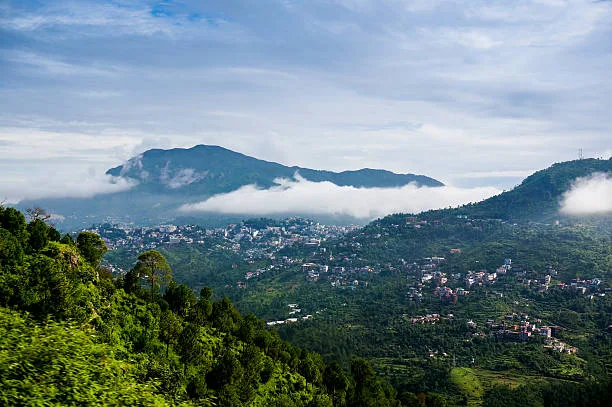
Shimla, the capital of Himachal Pradesh, is a charming hill station that offers a nostalgic escape into the British colonial era. With its stunning architecture, bustling markets, and scenic views, Shimla is a popular winter destination for families and couples alike.
Key Attractions:
- Mall Road: Stroll down the iconic Mall Road, lined with shops, cafés, and colonial-era buildings.
- Kufri: Visit Kufri for thrilling winter activities like skiing and horse riding, and enjoy breathtaking views of the Himalayan peaks.
- Shimla Ridge: Take a leisurely walk along the Shimla Ridge, offering panoramic views of the city and surrounding hills.
Planning Your Trip:
- Best Time to Visit: The winter season in Shimla starts in December and lasts until February, making it the ideal time to experience the hill station’s cool weather and festive atmosphere.
- Accommodation: Book your accommodation in advance, especially during peak season, to ensure availability.
5. Rann of Kutch, Gujarat
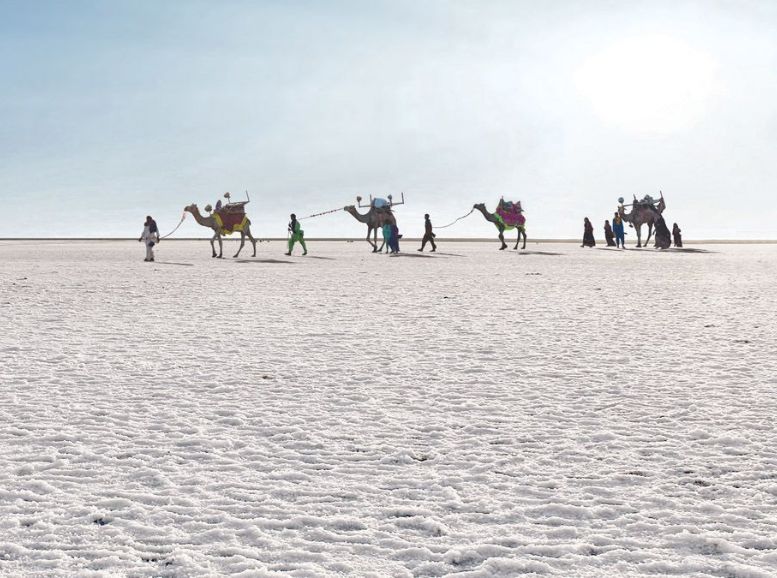
The Rann of Kutch, a vast salt desert, transforms into a mesmerizing white landscape during the winter months. This is when the Rann Utsav takes place, a vibrant cultural festival celebrating the rich heritage of Gujarat.
Key Attractions:
- Rann Utsav: Immerse yourself in the festivities of the Rann Utsav, featuring cultural performances, traditional crafts, and delicious local cuisine.
- Camel Safari: Embark on a thrilling camel safari across the endless white expanse of the salt desert.
- Bhunga Stay: Experience the unique culture of the region by staying in a traditional Bhunga hut.
Planning Your Trip:
- Best Time to Visit: The Rann Utsav typically runs from November to February, making it the ideal time to visit the Rann of Kutch.
- Packing Tips: Pack warm clothing for chilly nights and light layers for daytime.
6. Goa
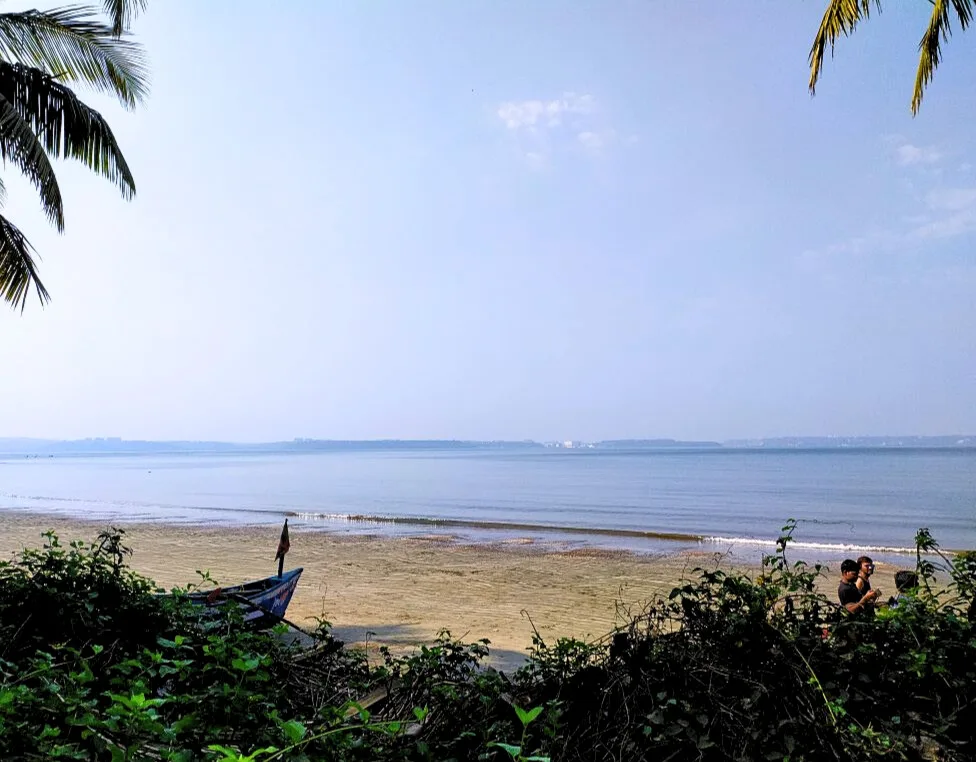
Goa, a coastal paradise, comes alive during the winter months. With its pristine beaches, vibrant nightlife, and rich history, Goa attracts travelers from around the world.
Key Attractions:
- Sun-Kissed Beaches: Relax on the sun-kissed beaches of Baga, Anjuna, and Calangute, or indulge in water sports like surfing, parasailing, and scuba diving.
- Historic Old Goa: Explore the historic churches and cathedrals of Old Goa, including the Basilica of Bom Jesus, a UNESCO World Heritage Site.
- Sunburn Festival: Experience the electrifying atmosphere of the Sunburn Festival, one of India’s largest music festivals.
Planning Your Trip:
- Best Time to Visit: The ideal time to visit Goa is between November and February, when the weather is pleasant and there are numerous festivals and events.
- Accommodation: Book your accommodation well in advance, especially during peak season, as hotels and resorts tend to fill up quickly.
7. Jaipur, Rajasthan
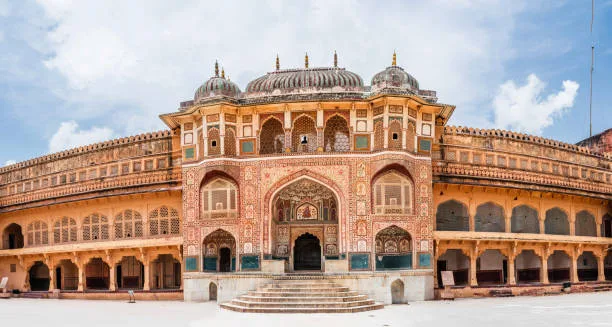
Jaipur, the Pink City, is a vibrant winter destination that offers a perfect blend of history, culture, and luxury. The cooler weather makes it an ideal time to explore the city’s magnificent palaces, colorful markets, and warm hospitality.
Key Attractions:
- Royal Palaces: Visit the majestic Amber Fort, the iconic Hawa Mahal, and the opulent City Palace.
- Jaipur Literature Festival: Attend the renowned Jaipur Literature Festival in January for a cultural treat, featuring renowned authors and thinkers.
- Colorful Bazaars: Wander through the bustling bazaars of Jaipur, such as Johari Bazaar and Bapu Bazaar, to shop for textiles, jewelry, and handicrafts.
Planning Your Trip:
- Best Time to Visit: The ideal time to visit Jaipur is from November to February, when the weather is pleasant and comfortable.
- Allocate Time for Amber Fort: Plan a full day to explore the grandeur of Amber Fort, including a thrilling elephant ride to the top.
8. Udaipur, Rajasthan
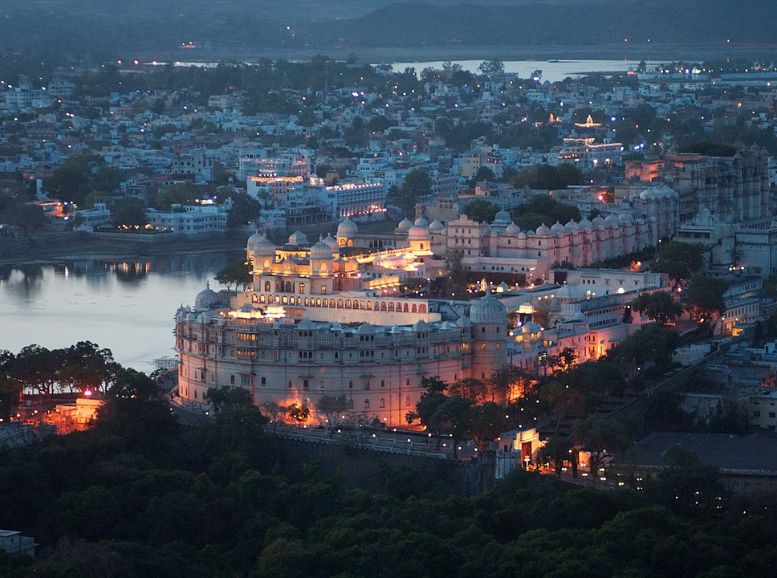
Udaipur, often called the “City of Lakes,” is a stunning winter destination with its picturesque lakes, majestic palaces, and breathtaking Aravalli Hills. This romantic city offers a perfect blend of history, culture, and natural beauty.
Key Attractions:
- City Palace Complex: Explore the grandeur of the City Palace Complex, a magnificent architectural marvel that showcases the rich history of the Mewar dynasty.
- Lake Pichola: Enjoy a serene boat ride on Lake Pichola, taking in the stunning views of the City Palace and Jag Mandir Palace.
- Jag Mandir and Jagdish Temple: Visit the historic Jag Mandir Palace, located on an island in Lake Pichola, and the Jagdish Temple, a renowned Hindu temple.
Planning Your Trip:
- Best Time to Visit: The ideal time to visit Udaipur is from November to March when the weather is pleasant and comfortable.
- Stay in a Heritage Hotel: Consider staying in a heritage hotel for a truly authentic experience of royal hospitality.
9. Tawang, Arunachal Pradesh
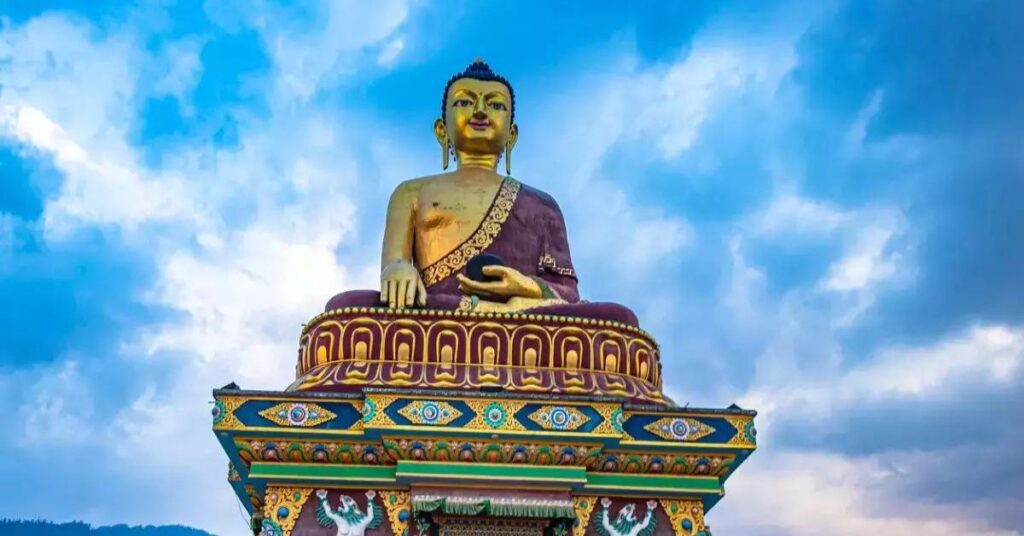
Tawang, a hidden gem in the northeastern state of Arunachal Pradesh, is a beautiful winter escape known for its rich Buddhist culture and stunning snow-covered landscapes. With its serene monasteries and breathtaking mountain views, Tawang offers a peaceful retreat for winter travelers.
Key Attractions:
- Tawang Monastery: Visit the majestic Tawang Monastery, one of the largest monasteries in India, and experience the tranquility of Buddhist life.
- Pankang Teng Tso Lake: Witness the serene beauty of Pankang Teng Tso Lake, which freezes over during the winter months, creating a stunning winter wonderland.
- Sela Pass: Explore the scenic Sela Pass, a high-altitude mountain pass that offers dramatic views of snow-capped peaks and heavy snowfall.
Planning Your Trip:
- Best Time to Visit: The best time to visit Tawang is from November to February, when the weather is cold and the landscapes are covered in snow.
- Prepare for Cold Weather: Be prepared for extreme cold weather conditions, as temperatures can drop significantly. Pack warm clothing, including thermal wear, heavy jackets, and winter boots.
10. Darjeeling, West Bengal
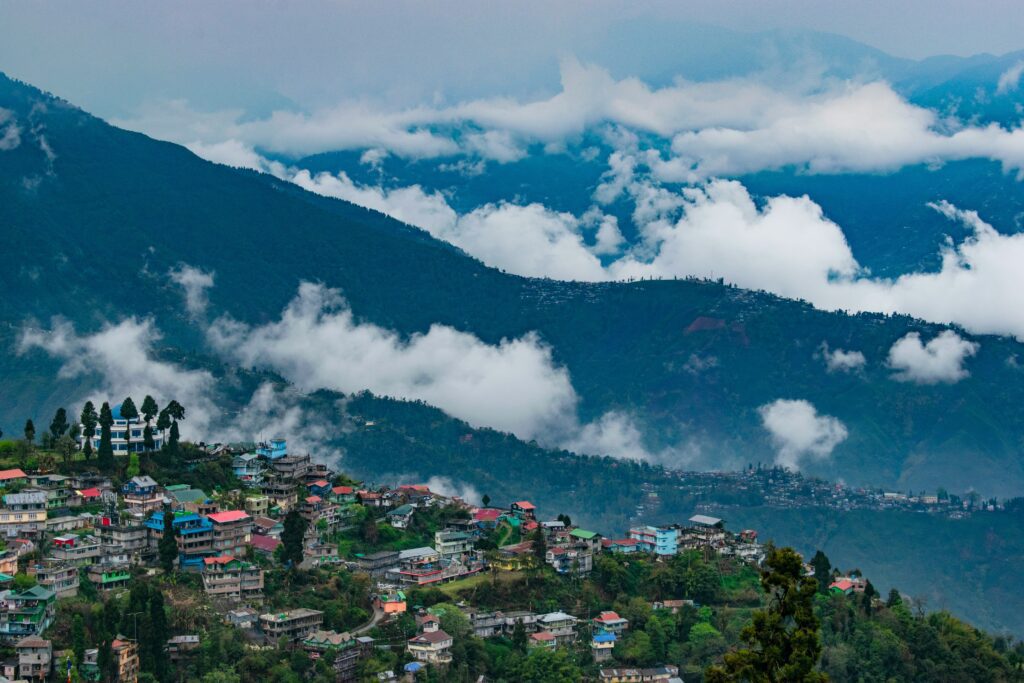
Darjeeling, often called the “Queen of the Hills,” is a picturesque hill station renowned for its lush tea gardens, breathtaking views of the Himalayas, and colonial charm. The winter months transform Darjeeling into a cozy retreat, offering misty mornings and cool mountain air.
Key Attractions:
- Darjeeling Himalayan Railway: Take a ride on the iconic Darjeeling Himalayan Railway, a UNESCO World Heritage Site, and enjoy the scenic beauty of the region.
- Tiger Hill: Witness the mesmerizing sunrise over Mount Kanchenjunga from Tiger Hill, one of the most popular viewpoints in Darjeeling.
- Tea Estates: Explore the sprawling tea estates and indulge in the finest Darjeeling tea.
Planning Your Trip:
- Best Time to Visit: The best time to visit Darjeeling is between November and January, when the weather is clear and the views are stunning.
- Packing Tips: Pack warm layers, as the mornings and evenings can be quite chilly.
Additional Tips for Winter Travelers
- Early Booking: Book your accommodations and transportation well in advance, as winter is peak season for many destinations.
- Pack Accordingly: Pack warm clothing for colder destinations, and lighter layers for milder climates.
- Check Travel Advisories: Stay updated on travel advisories, particularly for mountainous regions, as road closures may occur due to heavy snowfall or other weather conditions.
Conclusion – Winter Destinations in India
Craving a snowy escape? Ski the slopes of Gulmarg or Manali. Seeking sunshine? Relax on Goa’s pristine beaches. India’s winter destinations cater to every traveler’s whim. Adventure awaits in the Himalayas, cultural immersion in Rajasthan’s palaces, or pure relaxation amidst the serene lakes of Udaipur. Explore India’s diverse landscapes and vibrant traditions this winter! Plan your unforgettable journey using Xplro.com, your gateway to crafting the perfect winter itinerary.
FAQs
1. Is India a safe place for travelers?
- Traveling in India can be quite safe, but it’s important to remain vigilant and exercise common sense. While major tourist hotspots are generally secure, petty crime, such as pickpocketing, can occur in crowded areas. It’s advisable for travelers to keep valuables out of sight, be cautious when interacting with strangers, and avoid wandering alone in unfamiliar neighborhoods, especially after dark. Women might find it more comfortable to dress modestly and utilize ride-sharing services like Uber or Ola for safer transportation options.
2. What is the best time to visit India?
- The optimal time for visiting India largely depends on which region you plan to explore. In the north, including cities like Delhi, Jaipur, and Agra, the months from October to March are ideal due to cooler temperatures. For the southern states, such as Kerala and Tamil Nadu, the period from December to February offers the most pleasant weather. If your itinerary includes Himalayan destinations, visiting between June and September is recommended, although you should avoid extreme winter conditions. The monsoon season, typically from June to September, can bring heavy rains, so it’s best to steer clear of coastal regions during that time.
3. Do I need a visa to enter India?
- Yes, most international travelers require a visa to enter India. The e-Visa system is the most convenient option for tourists, allowing for online application and entry for a stay of 30 to 90 days, depending on nationality. It’s crucial to ensure your passport is valid for at least six months beyond your planned entry date and to comply with all visa requirements before your trip.
4. How can I stay connected while in India?
- Staying connected in India is easy, thanks to the availability of prepaid SIM cards from local carriers such as Jio, Airtel, and Vodafone. You can purchase a SIM card at the airport or local shops by presenting your passport and a passport-sized photo for registration. Mobile data plans are affordable, and many cafes, restaurants, and hotels provide Wi-Fi. However, internet connectivity may vary, particularly in rural areas, so having a SIM card with a data plan is advisable.
5. What health precautions should I consider before visiting India?
- Before traveling to India, it’s wise to consult a healthcare professional about vaccinations, including those for Hepatitis A, Hepatitis B, Typhoid, and Tetanus. Travelers should also carry medications for common ailments like stomach issues, as local cuisine can be quite different from what many are used to. To stay healthy, only drink bottled or filtered water, and avoid ice unless you’re certain it’s made from purified water. Additionally, be cautious with raw foods and opt for well-cooked meals instead.
6. Is it safe to drink tap water in India?
- Drinking tap water in India is not recommended due to potential contamination. It’s safer to stick to bottled or filtered water, and always check that the seal on bottled water is intact before consuming it. Similarly, be cautious with ice and avoid it unless you know it’s made from safe water sources.
7. What should I pack for my trip to India?
- When packing for India, consider lightweight and breathable clothing that is suitable for the warm climate, as well as modest attire if you plan to visit religious sites. Comfortable footwear is essential, as you’ll likely be walking quite a bit while exploring. Make sure to include essentials like sunscreen, insect repellent, hand sanitizer, a universal power adapter, and a basic medical kit with necessary medications. If you’ll be traveling to colder areas, packing warm layers is also a good idea.
8. How can I enjoy Indian food without getting sick?
- While Indian cuisine is renowned for its flavor, it’s important to take precautions to avoid digestive issues. Eating freshly cooked food from reputable vendors is a smart choice. Be cautious with street food, opting for vendors with a high turnover to ensure freshness. Vegetarian dishes are often safer, and always drink bottled water. Raw fruits and vegetables should be washed thoroughly or peeled before consumption to avoid contamination.
9. What are the best ways to travel within India?
- India offers a variety of transportation options. The extensive train network is an affordable and scenic way to travel long distances, though booking in advance is crucial, especially during peak seasons. Domestic flights are also available and convenient for covering longer distances. In urban areas, ride-hailing services like Ola and Uber provide a safe and easy way to navigate. For short trips, auto-rickshaws are popular, but ensure you negotiate the fare beforehand if a meter isn’t available.
10. Is tipping customary in India?
- Tipping in India is appreciated but not obligatory. In restaurants, it’s common to leave a tip of about 5-10% of the bill, unless a service charge has already been included. For hotel staff, such as bellhops and housekeeping, small tips of ₹50-₹100 are typical. If you hire a driver or guide, consider tipping ₹200-₹500 for a full day of service, adjusting the amount based on the quality of service you receive.
11. What is the dress code for visiting religious sites?
- When visiting temples, mosques, and other religious sites in India, it’s important to dress modestly. This typically means covering your shoulders, knees, and chest. Women may want to bring a scarf or shawl to cover their heads in certain places. It’s also customary to remove your shoes before entering these sites, so wearing shoes that are easy to take off is practical.
12. Will I encounter a language barrier while in India?
- India is a linguistically diverse country, with Hindi being the most widely spoken language. However, English is commonly used in urban areas and among younger populations, especially in tourist spots. Most signs and menus in popular destinations are available in English, making it easier for travelers to communicate. English-speaking guides are also readily available to help you navigate the country without significant language barriers.


